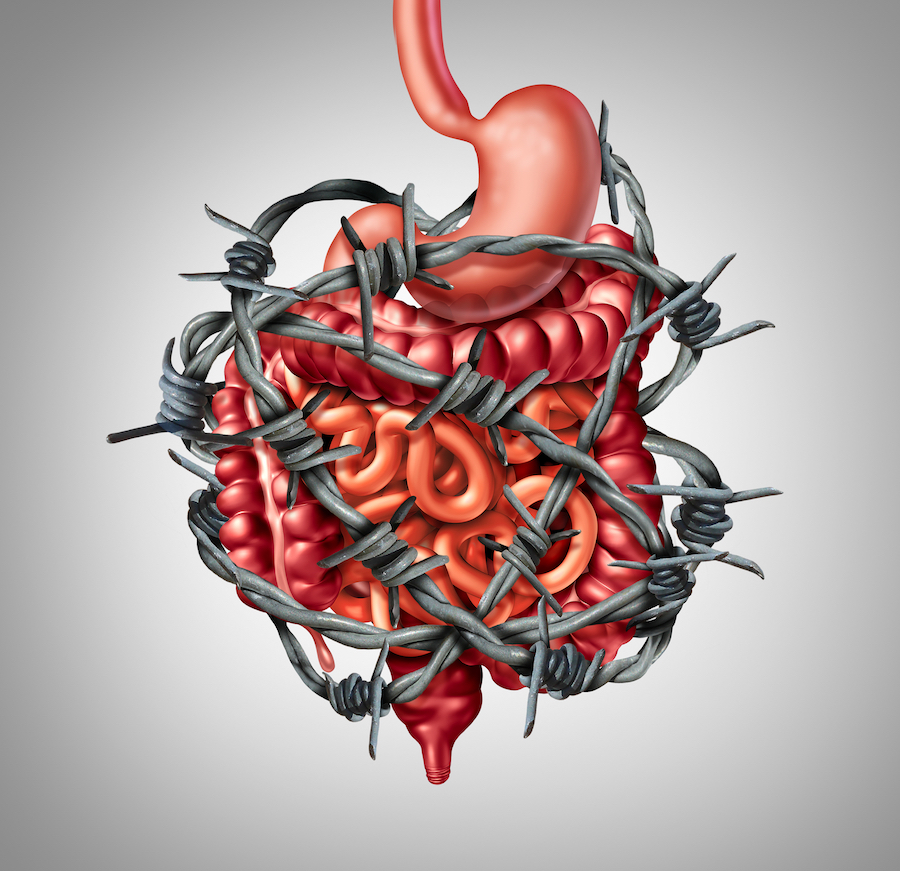Most of us don’t pay much attention to our voice until something goes wrong. Your voice is more than just sound; it is a vital part of your identity and how you connect with others. Whether you are a professional speaker, teacher, or performer, or just gen pop being able to express yourself clearly is …
Category Archives: Pain Management
Subtle Signs Your Voice Is Under Strain
We often think of voice issues as affecting only performers, singers, or public speakers. But the truth is, problems like hoarseness or even complete voice loss can happen to anyone. Vocal strain often builds up gradually, and the early warning signs are easy to miss.
The Link Between the Voice and Nervous System Health
The voice and the nervous system are often thought of as separate, but they are deeply connected. If you have ever felt your voice shake with anxiety or struggled to speak clearly under pressure, you have already experienced this connection.
Persistent pain and your feelings
One of the most heartbreaking aspects of living with ongoing pain is that it’s often not taken seriously. It’s a common misconception that pain is all in your head. Too often, people in pain are told, “it’s all in your head,” “you look fine“, or, “you’re laughing, so it can’t be that bad.”
Chronic pain and trauma
Trauma and chronic pain often coexist because sometimes, people with persistent pain also have an untreated or complex trauma history. Pain is our body’s danger detection system, making the body and mind more sensitive, and trauma changes the brain.
Persistent Pain is a genuine condition
Pain is the primary reason people go to the doctor, but 1 in 3 general practitioners (GPs) reports feeling “unprepared” to treat pain. While this may frustrate you, it’s not their fault because, like most healthcare professionals (HCPs), we receive little or no training around the pain that doesn’t go away as expected during our …
Inflammatory back pain explained.
Low back pain is tricky; frustratingly, even for the most highly trained, experienced practitioners aided by imaging, knowing the exact cause of someone’s pain is often impossible. Hence, people leave consultations clutching the non-specific low back (NSLP) diagnosis and sometimes with unanswered questions. NSLP is categorised into three subtypes: acute, sub-acute and chronic, and means …
Raynaud’s explained
Most of us will have experienced numbness or tingling in our fingers after getting a tub of ice cream out of the freezer or when it’s really cold outside. For most folks, this is a short-lived unpleasant experience.
Pain, why does it hurt so much?
Physical pain is essential to the human experience; it’s the body’s protective alarm system. It’s a subjective experience that is challenging to convey to others. Especially if there are no obvious outward clues, our ability to tolerate pain is as individual as our fingerprints and shaped by many factors: genetics, previous pain experiences and our …
Do you understand the “core”?
The “core” is scientifically called the lumbopelvic-hip complex (LPHC). It’s everything our head, arms and legs attach too, the torso or trunk of the body. Most often its acts as a stabiliser and force transfer, yet people focus on training it in isolation as a prime mover, with exercises like sit-ups, crunches, and planks. If …










